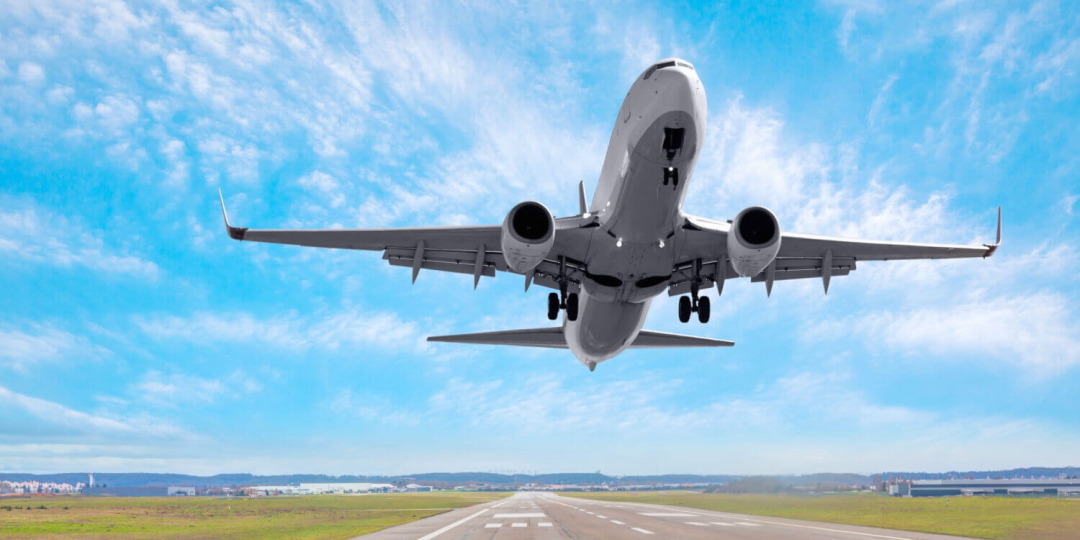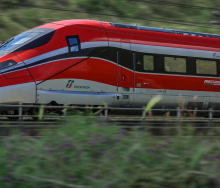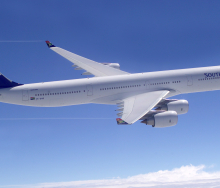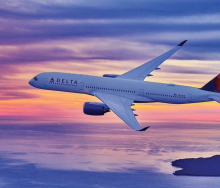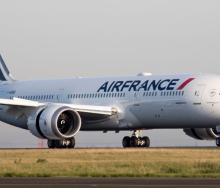The future of luxury air travel could be in danger.
A scenario outlined in a recent bloomberg.com article says weight reduction and increasing the number of passengers per flight are key for airlines to achieve decarbonisation.
Could this lead all carriers to a new and different model closely resembling the low-cost carrier (LCC) model?
There is a huge amount of work required towards the goal of reducing emissions globally by 45% by 2030 and achieving nett zero emissions by 2050. Experts believe 2023 was the year of peak emissions, and that the trend should start turning as long as current growth in alternative power technologies continues. Although aviation is currently responsible for only 2,5% of global emissions, the model will need to be overhauled to stay on track with the decarbonising of the rest of the world and its industries, and airlines cannot afford to take their eye off the ball for a minute.
LCCs weigh less
One of the focuses of the low-cost, low-luxury airline business model set by Southwest in 1971 was the removal of ‘frills’. That meant no meals, liquor or blankets. It also meant more people per square metre, sitting on smaller seats with thinner, lighter cushioning, and no reclining mechanism on seats, in-flight entertainment or screens. Most importantly, heavy business-class seats were completely done away with. This weight reduction, combined with their ability to seat more passengers per flight, was the perfect scenario to give LCCs the best emissions count per passenger – in some cases, almost half the emissions of a typical legacy carrier.
Emissions data are clearly exerting a powerful pull on those organisations seeking new ways to decarbonise, and airlines with a business-class offering are more likely to be under scrutiny by green lobbyists.
The weight of business-class seats and mechanisms, along with china plates, metal cutlery, real glass drinkware and the many bottles of choice wines, could be viewed as elitist trappings. The bloomberg.com article looks at a flight from Hong Kong to Singapore, saying economy-class passengers are responsible for emissions of 170kg, while business-class passengers generate 682kg of emissions.
And, of course, if business-class were to be removed, all that space could be filled with economy-class passengers and emissions per passenger would then fall below 170kg.
Bigger aircraft, more seating, less emissions
To scale back the emissions per passenger, airlines need to, aside from losing weight, simultaneously scale up the number of passengers. This points to larger aircraft, like Airbus A380s and Boeing B747s, but Airbus stopped manufacturing its A380 in 2021, and Boeing its B747 in 2022. This was during the pandemic when low passenger numbers meant that many of these ‘jumbo jets’ were mothballed. It remains to be seen whether either of the two manufacturers will be moved to kickstart production lines of these types of aircraft once more.
A characteristic of the LCC model that has driven its success has been high-frequency flights. LCCs might have lower emissions per passenger, however, in these days of high demand, LCCs are flying any given route more frequently than legacy carriesr, creating more emissions.
Could sustainable aviation fuels (SAF) save the day?
It would be dangerous to rely on that, says bloomberg.com.
“Current production capacity of this cleaner-burning power source is barely 1% of aviation’s global fuel requirements, and passenger numbers are projected to double from 2019 to over 8 billion in two decades.”
